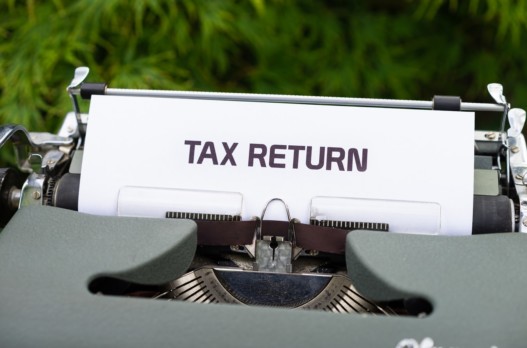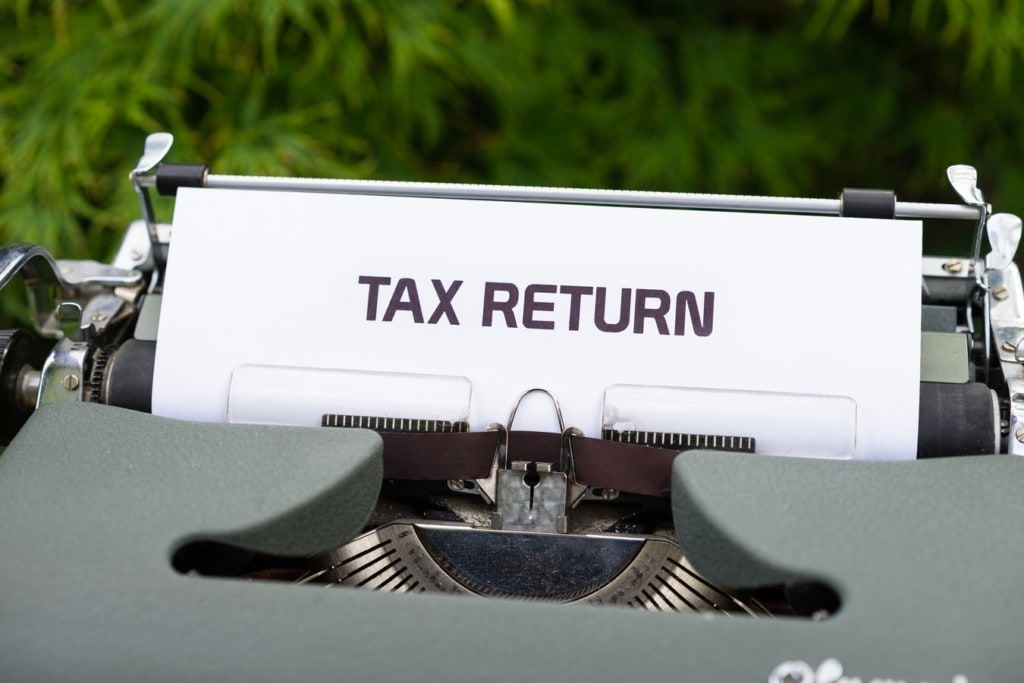Another round of government stimulus is on its way. As you begin to receive money from the government, keep track of it. We will need the info when we file your 2021 tax return. Be sure to note every amount of money you receive from the government, whether it’s stimulus, child tax credit, etc.
There is a lot to unpack with the latest $1.9 trillion relief bill. Below are a few items that affect many Americans in the short term, with stimulus payments hitting bank accounts already and potential changes to your 2020 federal tax returns.
Stimulus Checks
The payments will be $1,400 per taxpayer and dependent, based on either 2019 or 2020 tax filings, depending on what the IRS currently has on record.
If you earn $75k or less (filing single), or $150k or less (filing jointly), you will be due $1,400 per taxpayer or dependent listed on your tax return. If you earn more than $80k (filing single), or $160k (filing jointly), you are phased-out of the stimulus and will not be receiving a payment. Between $75k-80k (filing single), or $150k-160k (filing jointly), you will be getting a stimulus, but a reduced amount.
Stimulus payments are being processed as we speak. However, please note that you will not receive this third stimulus payment if your 2019 tax return showed income above the thresholds listed in the paragraph above. However, if you file your 2020 tax return before 7/15/21, and it shows taxable income that does qualify for stimulus you will get the credit from the IRS soon after. You will NOT have to wait until this time next year to claim the credit.
If you file after 7/15/21, you will have to wait until we file your 2021 tax return to claim the credit. Even though this is technically a 2021 credit, if you show more income in 2021, you will NOT have to pay back the stimulus that you received.
Unemployment Benefits are (partially) non-taxable to most
The ARP allows for the first $10,200 of unemployment benefits to be treated as non-taxable, but only if your modified AGI is lower than $150,000.
However, if you and your spouse earned more than $10,200 from unemployment in 2020, you can reduce BOTH of your unemployment income amounts, up to $20,400 total. We’re standing by for more guidance from the IRS on this as this has a significant effect on 2020 tax returns. We will send updated guidance when received.
Unemployment Benefits Extended
If you are still collecting unemployment, the program will not run out on March 14th. Those benefits have been extended through September 6th. The extra federal assistance of $300 per week was also extended. This will likely be the last time the program is extended.
Expanded Child Tax Credit
The current child tax credit program allows you to get a credit of $2,000 per child under the age of 17, as long as you’re under the income limits. This is a dollar-for-dollar credit against your taxes owed. However, for 2021 the amounts have changed with the passing of the ARP. Children under 6 years old now qualify for a $3,600 credit (up from $2,000). Children 6-17 qualify for $3,000 tax credit. Dependents who are over 18 remain at $500. This is only for 2021 but could become permanent in the future.
The payment structure has also changed. Instead of waiting until you file your 2021 taxes to get the child tax credit money, the IRS will be sending you checks (or direct deposits) from July 2021 – December 2021 for half of the amount of the child tax credit you are owed based on your 2020 tax return. This means that for each child under 6 you had on your 2020 tax return, the IRS will be sending you a check for $300 between (July and December 2021). If you have children between the ages of 6 to 17 years old, you will be getting monthly checks of $250 per child. Pretty awesome, right?
However, unlike the stimulus payment, if you end up receiving too much money for the Child Tax Credit, you will have to pay it back.
Restaurant Revitalization Fund
There are brand new grants in place for the food and beverage industry. An eligible business may receive a tax-free federal grant equal to the amount of its pandemic-related revenue loss. This is calculated by subtracting its 2020 gross receipts from its 2019 gross receipts. However, the pandemic-related revenue losses for businesses are reduced by any amounts received from the PPP #1 or PPP #2.
The SBA is again handling this, so they’ll have to create the rules and get their programs set up to accept these grant applications. The covered period is expected to be from February 15th, 2020 to December 31st, 2021 and will cover expenses such as payroll, rent, utilities, maintenance, including construction to accommodate outdoor seating, PPE, inventory, operating expenses, etc.




